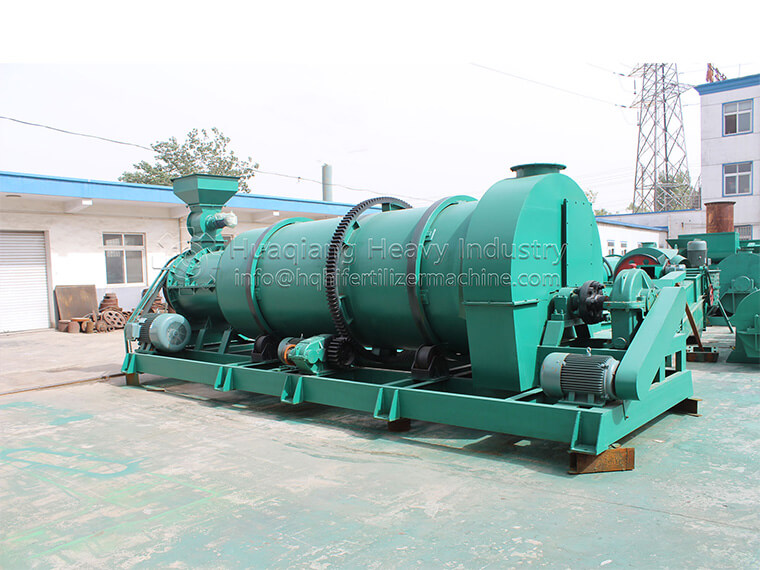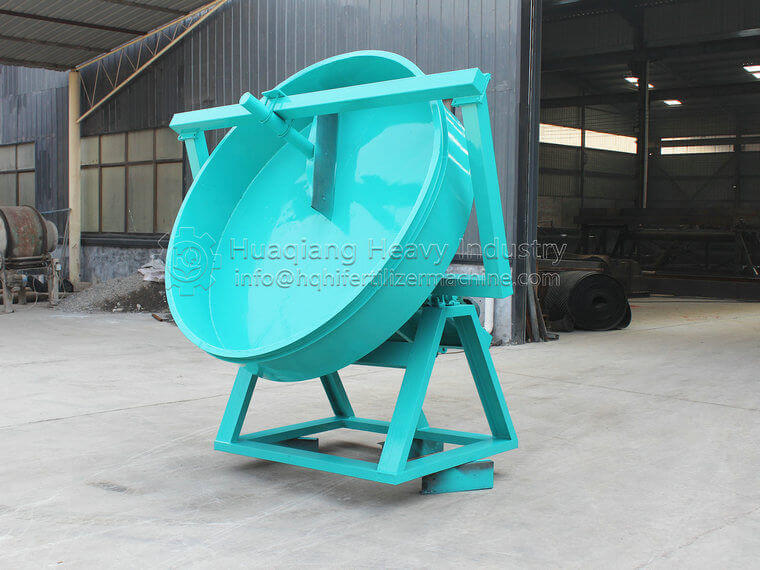What equipment is needed to build an organic fertilizer plant in rural areas?
What equipment is needed to build an organic fertilizer plant in rural areas? When we plan to build an organic fertilizer production plant in the initial stage, we should consider the following issues. Reasonable planning and purchase of organic fertilizer production equipment can reduce unnecessary waste of investment.
(1) If it is the “newcomer” investor who comes into contact with the organic fertilizer processing and production industry for the first time, it is suggested to start the processing and production of powdered organic fertilizer from the processing capacity of 10000-50000 tons of organic fertilizer. Firstly, it produces 10000-50000 tons of organic fertilizer, which belongs to a small processing plant. The equipment required for the processing of powdered organic fertilizer is 2-3 less than that of a complete set of organic fertilizer production line, which will reduce a lot in terms of capital investment, which is suitable for “new” investors.

(2) If it is a large-scale organic fertilizer processing plant and the processing of organic fertilizer includes granular and powdered organic fertilizer, it is necessary to purchase a large full set of organic fertilizer equipment. The full set of organic fertilizer equipment includes: dehydrator – fecal fermentation and throwing machine – semi wet material crusher – horizontal mixer – granulator – dryer – cooler – screening machine – coating machine – packaging machine. Generally, the total price of large-scale organic fertilizer production line equipment ranges from 300000 to 700000. If the configuration level is different, there will be differences in prices.
The production line of powdered organic fertilizer needs equipment, such as fermentation dumper, mixer, pulverizer and packaging machine. The investment of small-scale production line is about 80000-150000 yuan.
The equipment required for the production line of granular organic fertilizer is fermentation turnover machine, horizontal mixer, semi wet material crusher, special granulator for organic fertilizer, organic fertilizer screening equipment, automatic packaging machine, etc. the investment of small-scale production line is about 200000.
There are many kinds of organic fertilizer production equipment. It is very important to meet the production needs and process needs of customers. It is generally customized. The situation of each customer is different, and the regional characteristics are also different.








